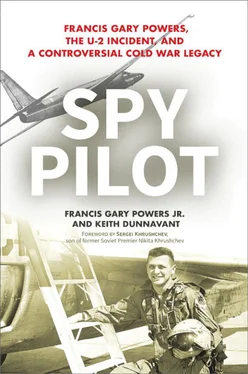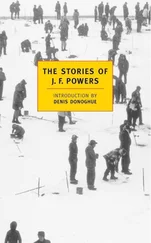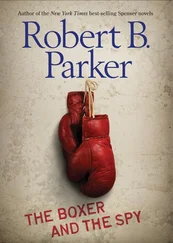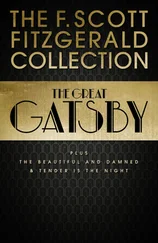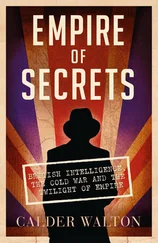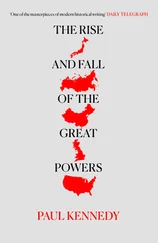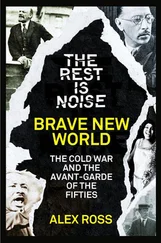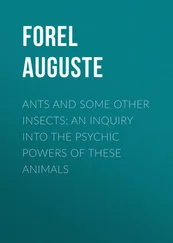For four days, Khrushchev considered his options. When a session of the Supreme Soviet opened, the various leaders began discussing how to best use the leverage they now enjoyed. “What we had in mind,” Khrushchev recalled, “was to confuse and mislead the U.S. government.” 52
At the climax of a long speech to the Supreme Soviet on May 5, Khrushchev paused to great theatrical effect and then announced that his military had shot down an American spy plane, which had invaded Soviet airspace. Defiant and angry, he railed against what he called “aggressive imperialist forces in the United States” who wanted to “undermine” the approaching summit, and he warned of “severe consequences” to East-West relations.
Ambassador Thompson, who had been invited to the session without any explanation and was seated in the balcony of the parliament, unwittingly became a prop in Khrushchev’s show. Turning toward the diplomat, Khrushchev asked: “Who sent the plane off? Was it sent without the chiefs of the American armed forces? Was it sent by the Pentagon without the president’s knowledge? If it was done without the president’s knowledge, the people should know about it!” 53
He made no reference to the fact that he had been aware of such overflights for nearly four years.
After meeting with his senior advisors, including Allen Dulles, Andrew Goodpaster, Secretary of Defense Thomas Gates, and National Security Advisor Gordon Gray, Eisenhower decided to remain silent and stay with the cover story. “It was agreed by the group that the president should not be personally involved,” according to the minutes of the meeting. 54Instead, the State Department would take the lead. Later in the day, it issued a press release:
The Department has been informed by NASA that, as announced May 3, an unarmed plane, a U-2 weather research plane based at Adana, Turkey, piloted by a civilian, has been missing since May 1. During the flight of the plane, the pilot reported difficulty with his oxygen equipment. Mr. Khrushchev has announced that a U.S. plane was shot down over the USSR on that date. It may be that this was the missing plane. It is entirely possible that, having a failure in the oxygen equipment which could result in the pilot losing consciousness, the plane continued on automatic pilot for a considerable distance and accidentally violated Soviet air space. In view of Mr. Khrushchev’s statement, the U.S. is taking this matter up with the Soviet Government, with particular reference to the fate of the pilot. 55
The narrative was given voice by White House Press Secretary James Haggerty and Lincoln White, the State Department spokesman, who replied to a question by asserting that there had “never been” any deliberate attempt to violate Soviet airspace. 56
As long as the pilot was dead and the plane’s self-destruct mechanism had worked properly, the White House believed the story would hold up.
Late in the day on May 1, a black sedan with windows concealed by curtains cruised through the streets of downtown Moscow. The driver pulled up to a massive yellow-brick building, stopping in front of two large iron doors. He honked his horn and a guard appeared at a peephole. In a matter of moments the doors opened, allowing the car to enter a courtyard, and quickly slammed shut.
Ushered out of the car, Powers was led onto a pitch-black elevator and eventually into a small room, where he was searched again and ordered to disrobe. He was presented with some old, worn-out clothes, including an oversized, double-breasted black suit and loafers, standard issue for enemies of the state at Lubyanka, the headquarters of the KGB.
The three-hour flight from Sverdlovsk gave Frank time to develop the beginnings of a strategy. When the interrogations began, he decided to tell his Soviet captors what he believed they could easily learn elsewhere, including through the media.
“I’d go ahead and tell them the absolute truth, be just as truthful as I could be, on those things,” he explained, “so that when I got to a point that was sensitive and they couldn’t know anything about it, I could lie—and they would believe me. Would be willing to believe me, because I’d been truthful in everything else they could prove.” 57
In addition to various questions falling into the realm of biography—such as, “Where were you born?”—the Soviets wanted to know whether he had previously traveled to Norway.
“I told ’em ‘yes,’ because I assumed they could figure this out [from] passport records and such,” he said. 58
Only later would he learn that this particular confession led to a political backlash in Norway, where the government’s participation with American espionage became controversial.
The Norwegians quickly ran scared. Deciding that the Americans “were so inept and unwise” in their handling of the incident, the government decided to fully cooperate with the Soviet investigation into their country’s involvement “no matter how much this might offend the State Department.” 59The Pakistani ambassador to Moscow reported to his own government that the Norwegians believed it was fruitless to deny anything to the Soviets because Powers “had made a clean breast of all he knew to the Russians.” 60
The interrogators repeatedly asked him if he had made other overflights, and he repeatedly lied.
He asked to see someone from the US embassy or the Red Cross, but they turned him down, deepening his feelings of isolation and tightening the noose.
While his most persuasive KGB agents worked the US pilot, in a dark place known throughout the Soviet Union for torture and execution, Khrushchev ordered his military to find the wreckage of the plane near Sverdlovsk. In time, Eisenhower felt blindsided with the news that the self-destruct mechanism needed to be activated by the pilot, and that the charge was not sufficient to destroy the entire plane or even the incriminating film. “It was scattered over a wide area,” reported Colonel Aleksandrovich Mikahlilov, one of the officers tasked with the important duty of locating the aircraft. 61“We made sure it was collected and brought to Moscow.” (Within weeks, the evidence would be displayed in Gorky Park for all to see, where it drew lines that rivaled the steady procession of visitors to Lenin’s and Stalin’s tomb. One of the few Americans to see the wreckage was the father of future filmmaker Steven Spielberg, who happened to be in Moscow on business.)
On May 7, while addressing a special session of the Supreme Soviet, Khrushchev sprang his trap. “We have parts of the plane and we also have the pilot, who is quite alive and kicking and confessed to spying for the CIA,” he said, before holding up a large print produced from some of the reconnaissance film. 62
The news found President Eisenhower at his home in Gettysburg, which looked out onto the Civil War battlefield. He wrestled with the dilemma wrought by his instinct to engage in a cover-up, even as Allen Dulles offered to resign, in order to shield the president. Some of his colleagues thought this sounded like a good idea, but Eisenhower, as Goodpaster said, “isn’t in the business of using scapegoats.” 63
Now that the whole world knew the American government had repeatedly lied about the U-2 business, the White House came clean, releasing a statement acknowledging the reconnaissance program had been pursued under “a very broad directive from the president given at the earliest point of his administration to protect us from surprise attack.” 64
When Eisenhower finally acknowledged his direct approval of the overflights, he called the program a “distasteful but vital necessity” to prevent the next Pearl Harbor. 65
Читать дальше
